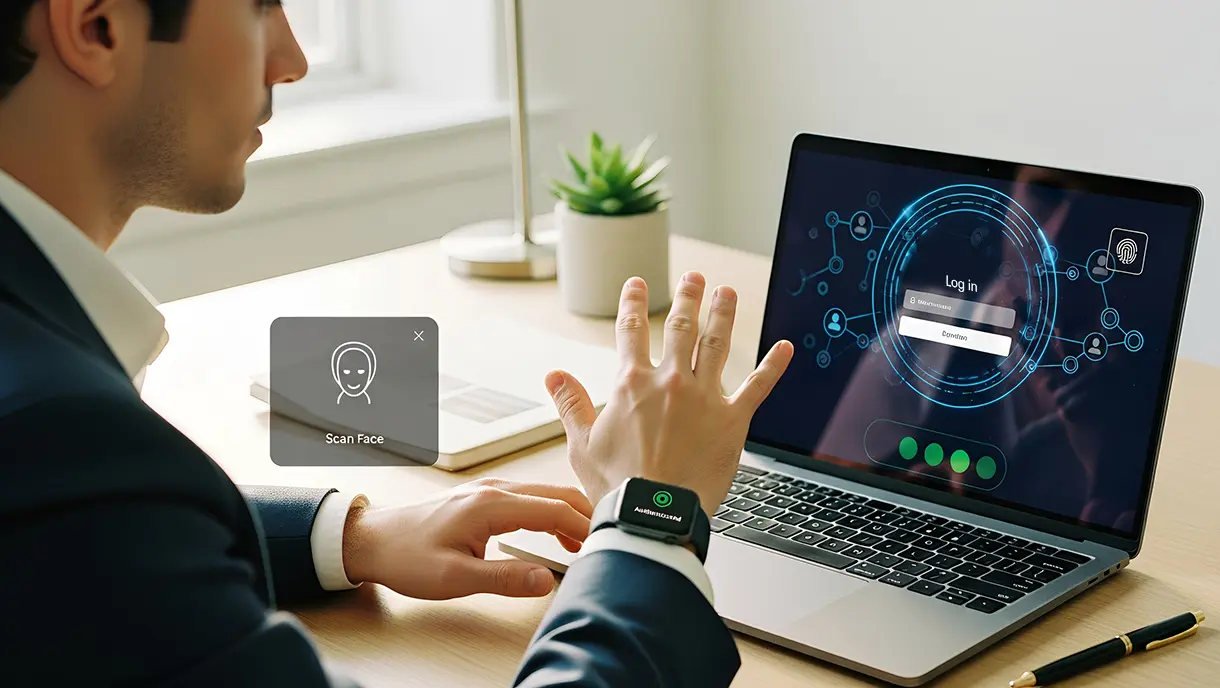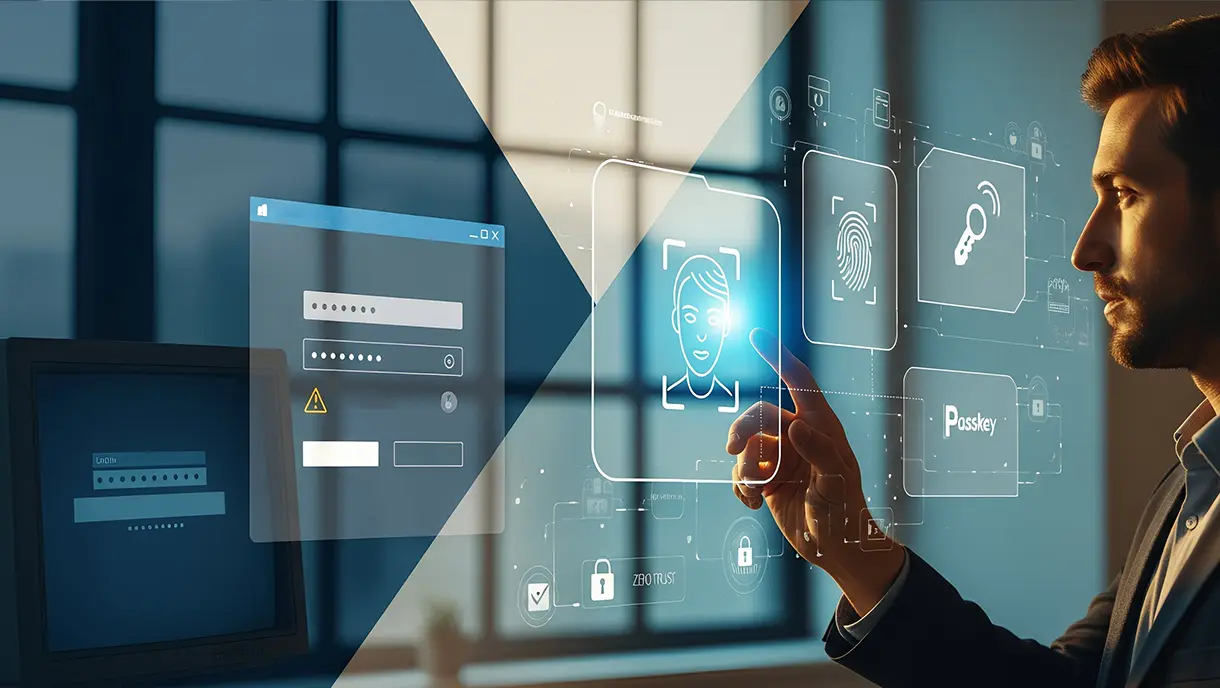Biometric ID Guide: Secure Your Digital Identity
Biometric identification uses unique physical or behavioral traits like fingerprints, facial features, or voice to verify identity. Common methods include facial recognition, fingerprint scanning, and voice recognition. These solutions offer enhanced security, accuracy, and convenience compared to traditional passwords. As costs decline, even small businesses can adopt biometric systems to improve access control and protect against threats.

With everything now connected to the internet in the 21st century, it is essential for businesses and companies to ensure a secure work environment. Security threats can be disastrous and potentially devastating. Therefore, continuous reinforcement through biometric identification is crucial to prepare for potential intrusions.
Companies must fine-tune their strategies and benchmarks to keep attackers at bay. This article seeks to provide valuable information on various types of biometric identification solutions, which are simple yet effective access solutions.
What is Biometric Identification?
A biometric identification system uses unique biological features to verify an individual. The identification attributes are:
- Fingerprint patterns
- Facial features
- Eye structure
- DNA
- Speech
- Handwriting
For biometric identification to work, individuals must record their biometric information. After that, a biometric profile is created against their name—this becomes their digital identity.
This provides enhanced security for end-users and makes it easier for employers to identify team members. It also maintains data regularity within an organization.
Types of Biometric Solutions
There are two types of biometric solutions:
- Physical Biometrics
- Behavioral Biometrics
Below, we describe each type so readers can decide which option best suits their needs.
Physical Biometrics
A physical biometric system involves the recognition of an individual's physical features, such as fingerprints or facial structure. These features serve as identifiers.
Use Cases:
- Commonly used by companies to authenticate employee identities
- Casinos use facial recognition to identify high-rollers for a better customer experience
How It Works:
Physical biometrics require individuals to interact with sensors, depending on the trait being measured (e.g., fingerprint scanner or facial recognition camera).
Limitations:
The major drawback is once a physical trait is saved in the system, it can potentially be reused online without the individual's consent.
Behavioral Biometrics
In behavioral biometrics, identification is based on a person’s unique interaction patterns, such as:
- Typing rhythm
- Mouse usage
- Swipe patterns on smartphones
- How a device is held
Advantages:
- Primarily used for online fraud prevention
- Involves deep learning algorithms that adapt to user behavior
- Captures hundreds of interaction signals to build a behavioral biometric ID
Use Case:
Effective in banking to create a seamless and transparent user experience.
Top 3 Most Used Biometric Identification Solutions
Now let's look at the three most widely used biometric identification technologies today:
1. Facial Recognition
Facial recognition uses automatic face localization for authentication. It operates by comparing an individual’s face against a stored image in mathematical form.
Applications:
- FaceID
- Airport security
- Surveillance agencies
Strengths:
- Fast and accurate
- 3D sensors now help improve accuracy in low-light or when users wear masks/sunglasses
Limitations:
- Still a relatively new and expensive solution
2. Fingerprint Scanning
The most common type of biometric authentication, fingerprint scanning, can be performed through:
- Optical sensors (converting prints into digital code)
- Linear thermal sensors
- Capacitive authentication sensors
Benefits:
- Fingerprints are unique to individuals
- Widely familiar and easy to use
- Eliminates the need for complex passwords
- Affordable and readily available hardware
3. Voice Recognition
Voice recognition uses vocal patterns or specific phrases to identify users.
Applications:
- Accessing computers
- Unlocking smartphones
- Voice assistants like Siri (Apple), Bixby (Samsung), and Alexa (Amazon)
Advantages:
- Inexpensive (microphones are built into most devices)
- Easy to deploy
Limitations:
- Voice clarity can be affected by background noise, resulting in multiple attempts
Conclusion
These are the top three biometric identification solutions present in the market. Each brings its own pros and cons, but all are far more secure than traditional passwords or OTPs.
Biometric replication is difficult, making these methods highly secure. And as costs continue to decrease, even small businesses can adopt biometric systems to safeguard their operations.
Get the latest updates! Subscribe now!








